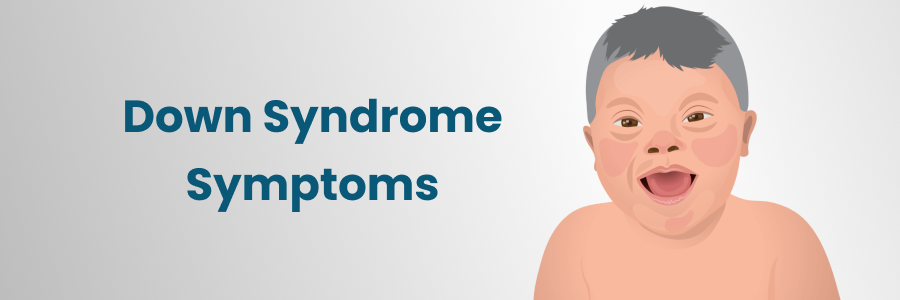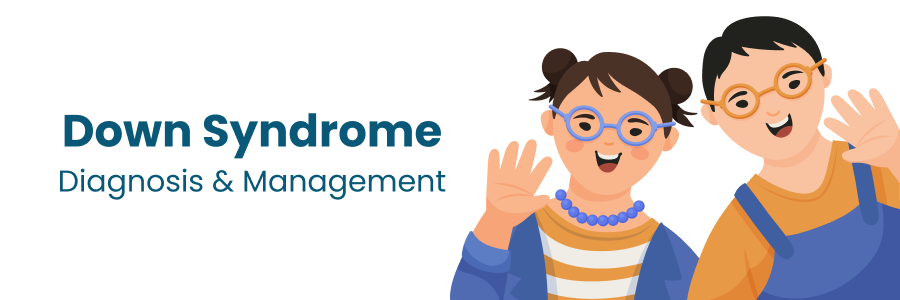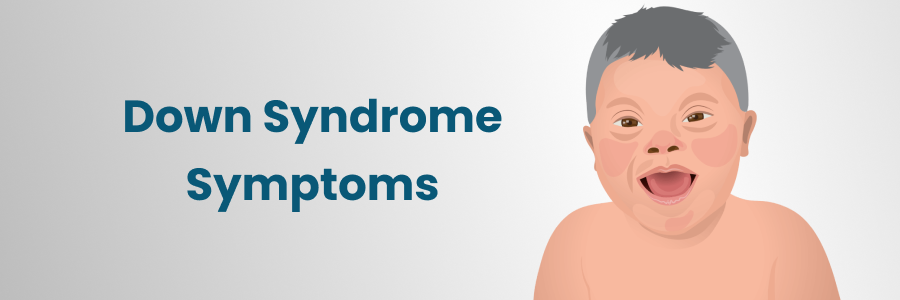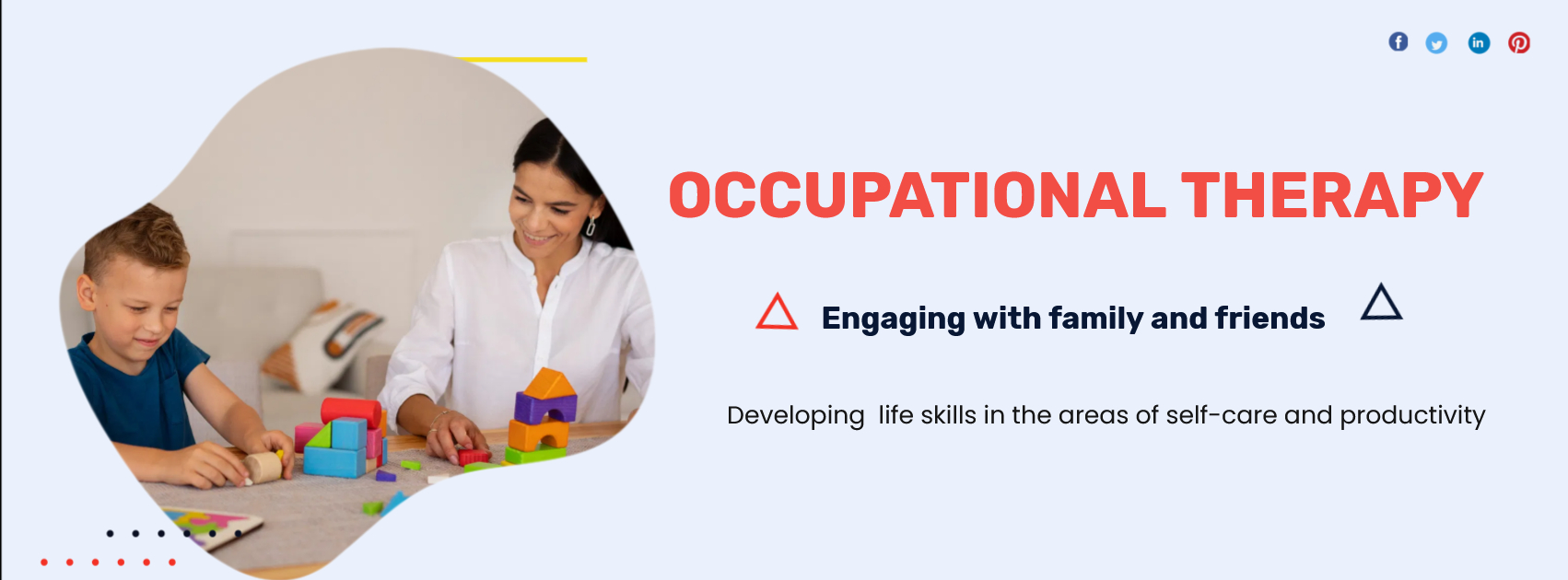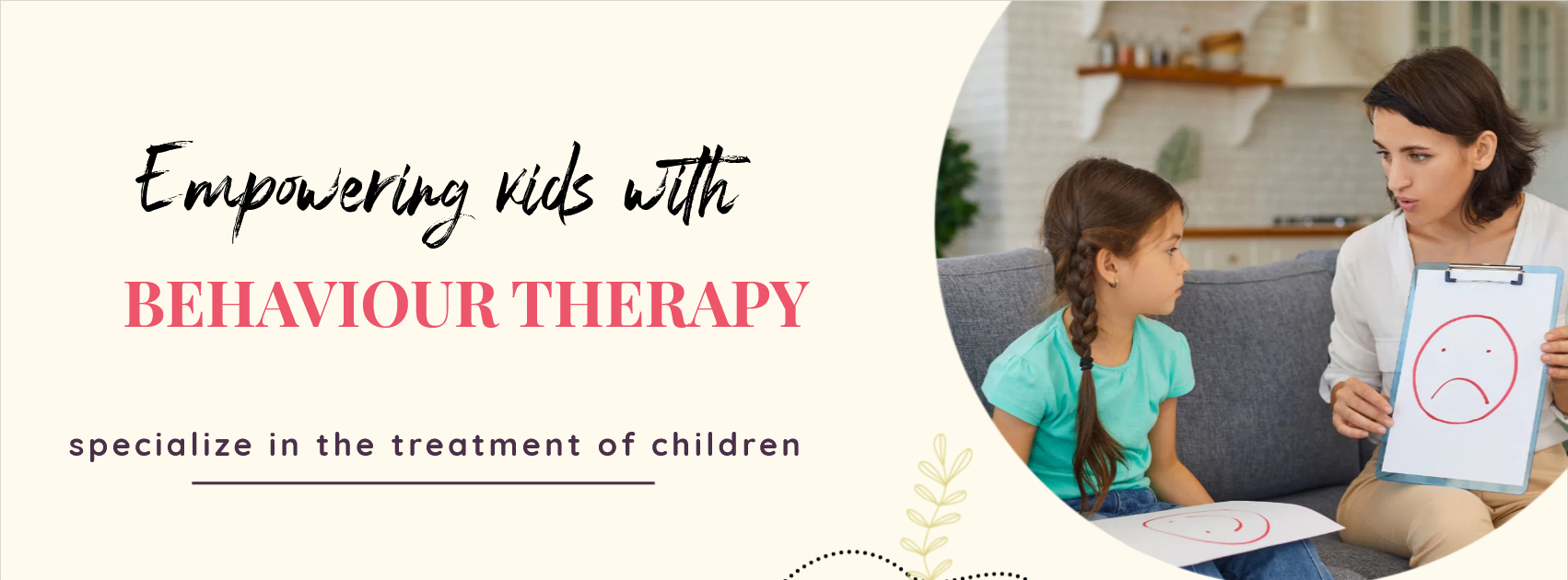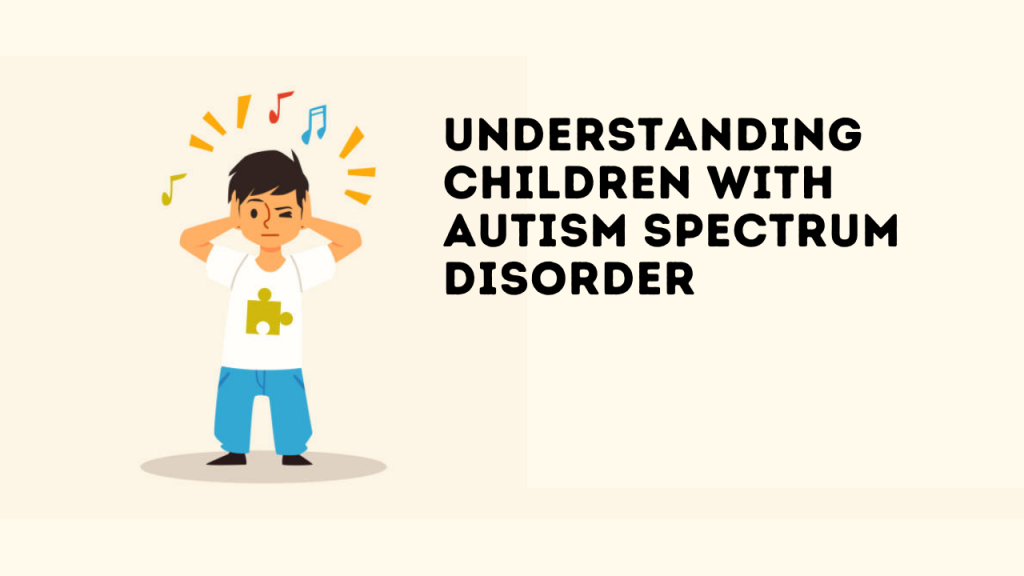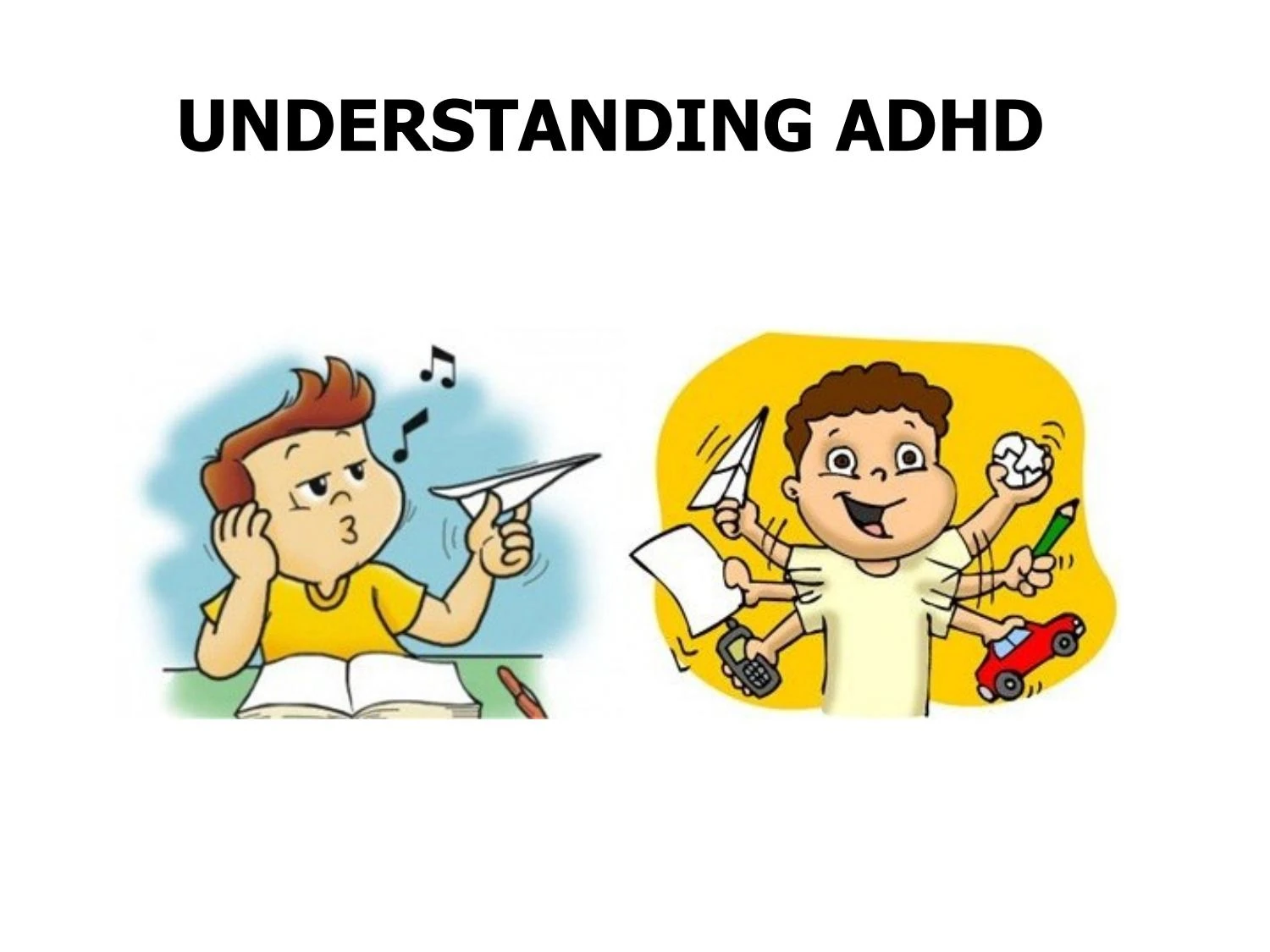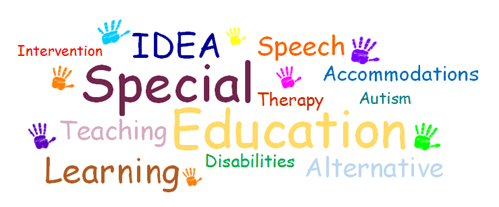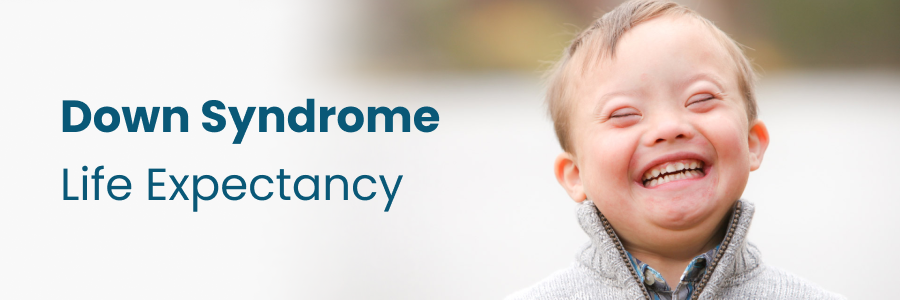
Down Syndrome is a genetic condition caused by the presence of an extra chromosome 21 (trisomy 21). This extra genetic material affects the development of a person’s body and brain, leading to a range of physical and intellectual disabilities. It is one of the most common chromosomal conditions and occurs in approximately 1 in 700 live births worldwide.
Types of Down Syndrome:
There are three types of Down syndrome, categorized based on how the extra chromosome is present:
- Trisomy 21 (Nondisjunction):
- This is the most common type, accounting for about 95% of cases. In trisomy 21, an individual has three copies of chromosome 21 instead of the usual two. This occurs due to an error in cell division called nondisjunction, where the chromosomes fail to separate properly during the formation of egg or sperm cells.
- Mosaic Down Syndrome:
- This occurs when some cells have the usual two copies of chromosome 21, while others have three copies. Mosaic Down syndrome is less common, accounting for about 1-2% of Down syndrome cases, and typically results in less severe physical and intellectual disabilities than trisomy 21.
- Translocation Down Syndrome:
- In this rare form (about 3-4% of cases), part of chromosome 21 is attached (translocated) to another chromosome. Individuals with translocation Down syndrome have two full copies of chromosome 21, but one of the copies is attached to another chromosome. This form of Down syndrome can sometimes be inherited.
Symptoms and Characteristics of Down Syndrome:
Down syndrome affects individuals in different ways, but common features include physical characteristics, intellectual disabilities, and developmental delays. These can vary in severity among individuals.
1. Physical Characteristics:
- Flat facial features: A flat nose bridge, small ears, and upward slanting eyes.
- Short neck: A shorter neck and a large space between the first and second toes.
- Low muscle tone (hypotonia): This may lead to delays in motor development, such as crawling, walking, and fine motor skills.
- Short stature: Individuals with Down syndrome tend to be shorter in height than average.
- Small hands and feet: Hands may have short fingers, and there may be a single crease across the palm (simian crease).
- Distinctive eye appearance: People with Down syndrome often have almond-shaped eyes with a slight upward slant.
2. Intellectual and Developmental Disabilities:
- Cognitive delays: Individuals with Down syndrome typically have mild to moderate intellectual disability. Their cognitive abilities and learning speeds vary, but they usually take longer to reach developmental milestones, such as speaking or reading.
- Language and speech delays: Speech development may be delayed, and language skills can vary widely from person to person. Some individuals may have difficulty with articulation and processing language.
- Learning difficulties: Children with Down syndrome often benefit from early intervention programs to help them develop their cognitive and academic skills. They can achieve academic success with the right support.
3. Health Issues:
- Heart defects: About 40-60% of children with Down syndrome are born with congenital heart defects, such as atrioventricular septal defects or ventricular septal defects.
- Hearing and vision problems: Individuals with Down syndrome often have hearing loss (due to fluid in the middle ear or other causes) and may require corrective measures such as glasses.
- Thyroid problems: Hypothyroidism (underactive thyroid) is more common in individuals with Down syndrome, requiring regular screening and treatment.
- Gastrointestinal problems: Some children with Down syndrome may experience issues like constipation, reflux, or duodenal atresia (a blockage in the intestine).
- Immune system issues: People with Down syndrome may have a weakened immune system, making them more susceptible to infections.
- Sleep apnea: This condition, which causes pauses in breathing during sleep, is more common in people with Down syndrome due to their enlarged tonsils and adenoids or facial structure.
- Alzheimer’s disease: Individuals with Down syndrome have an increased risk of developing Alzheimer's disease, often at an earlier age.
Diagnosis of Down Syndrome:
Down syndrome can be diagnosed through various tests during pregnancy or after birth.
1. Prenatal Testing:
- Screening tests: Non-invasive screening tests, such as blood tests and ultrasound, can assess the likelihood of a baby having Down syndrome. These tests provide the risk, but they do not give a definitive answer.
- Diagnostic tests: Tests like amniocentesis or chorionic villus sampling (CVS) can provide a definitive diagnosis by analyzing the chromosomes of the baby. These tests are typically done if screening tests indicate a higher risk.
2. Postnatal Diagnosis:
- Physical examination: After birth, a doctor may diagnose Down syndrome based on characteristic physical features.
- Chromosome analysis (karyotype): A blood test can be done to confirm the diagnosis by checking for the extra chromosome 21.
Early Intervention and Treatment:
There is no cure for Down syndrome, but early intervention programs can significantly improve development and quality of life. Early intervention aims to provide support and therapy to help children with Down syndrome reach their full potential.
1. Early Childhood Education and Therapy:
- Speech therapy: Helps with language and communication skills.
- Physical therapy: Addresses motor skills and coordination issues due to low muscle tone.
- Occupational therapy: Focuses on developing skills for daily living, such as feeding, dressing, and personal hygiene.
- Special education: Tailored programs in schools can help children with Down syndrome improve cognitive skills and achieve academic success.
2. Health Management:
- Regular medical checkups: Monitoring and treating health conditions such as heart defects, vision or hearing issues, thyroid problems, and sleep apnea.
- Behavioral therapy: Can help with socialization skills, emotional regulation, and any behavioral challenges.
- Dietary considerations: Ensuring proper nutrition, especially for children with Down syndrome who may have gastrointestinal issues.
Support and Resources:
- Family Support: Families can benefit from connecting with support groups and organizations that focus on Down syndrome, offering guidance, resources, and a sense of community.
- Inclusive Education: Many children with Down syndrome attend regular schools with proper support or in special education programs. Inclusive classrooms provide opportunities for socialization and academic learning.
- Transition Programs: As individuals with Down syndrome approach adulthood, programs can help them transition into independent living, vocational training, and community involvement.
Life Expectancy:
The life expectancy of individuals with Down syndrome has increased dramatically over the past few decades due to better medical care, early intervention, and increased awareness. The average life expectancy is now around 60 years, though many individuals live longer with proper care and health management.
